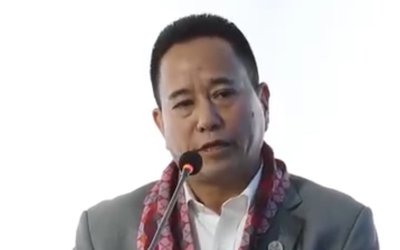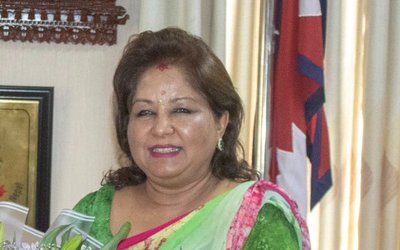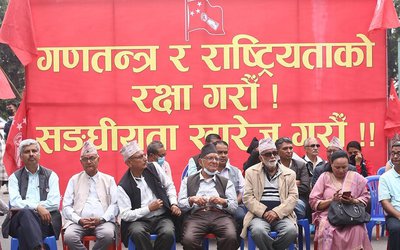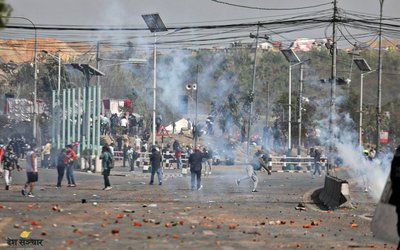More on News





Scientists Stress Research and Data Sharing in the Hindu Kush Himalaya
The International Centre for Integrated Mountain Development (ICIMOD) hosted the “Second International Conference on the Cryosphere of the Hindu Kush Himalaya: State of Knowledge” and the “Hindu Kush Himalaya Cryosphere Data Sharing Workshop” from May 13-16 in Kathmandu, Nepal. Over 150 scientists and other professionals from 16 countries participated in these knowledge-sharing events on the Hindu Kush Himalaya (HKH) cryosphere -- the ice, snow, and permafrost environment that stretches from Afghanistan to Myanmar and covers Pakistan, China, India, Nepal and Bhutan.
The conference was preceded by an intense three-week glacier training program for South Asian glaciologists on the Yala glacier of the Langtang region in Nepal. These activities, which build on the results of a 2012 cryosphere conference and glacier training were supported by the Norwegian Ministry of Foreign Affairs and the United States Department of State.
The conference highlighted the need for more research and data sharing on the HKH cryosphere, and on the importance of linking scientific findings with policy development. Altogether 46 scientific papers were presented, many focused on the potential impact of climate change on the HKH cryosphere, which experts call the planet’s “Third Pole” because of its enormous volume of ice, snow and permafrost, and the “Water Tower of Asia” because it is the source of Asia’s largest rivers.
According to a press release issued by Public Affairs Section of Embassy of the United States, in his opening conference remarks Ari Nathan, Director of the United States Department of State Regional Environment, Science, Technology and Health Office for South Asia, noted that the HKH cryosphere “is critical to the lives and livelihoods of over one billion people in South Asia, by providing both water storage and distribution regulation, which is why cooperation and collaboration to develop a better understanding of the HKH cryosphere is so vital.”







